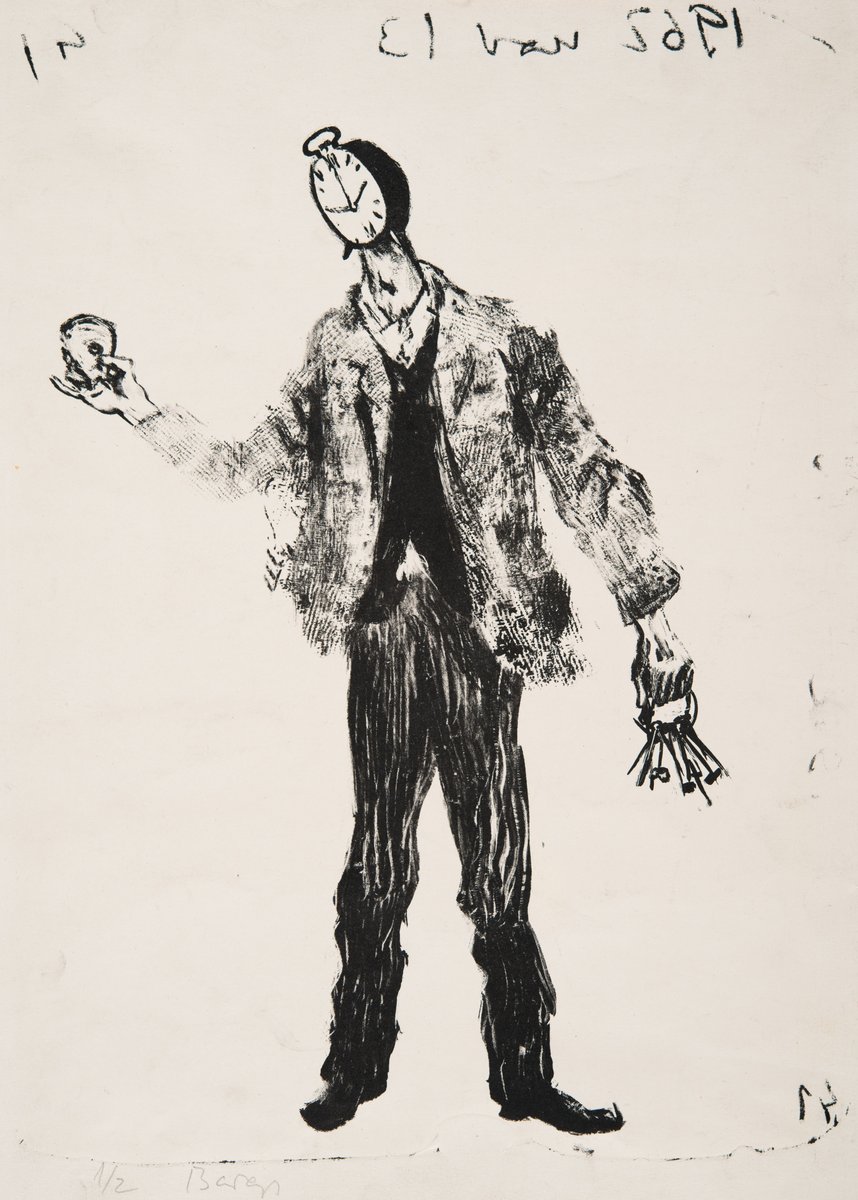
Untitled
Contemporary Collection
| Artist | |
|---|---|
| Date | 2012 |
| Object type | photograph |
| Medium, technique | diasec |
| Dimensions | 1600 × 1200 mm |
| Inventory number | MM2016.6 |
| Collection | Contemporary Collection |
| On view | Hungarian National Gallery Building D, Third Floor, Shifts – 20th Century art after 1945 |
Between 2004 and 2014, artists Ferenc Gróf and Jean-Baptiste Naudy collaborated under the name Société Réaliste. The name of the collective is a reference to the concerns initially addressed by the two artists, being a modified version of the French term “réalisme socialiste” (socialist realism), which typically has negative connotations in colloquial Hungarian. The artists gave emphasis to the shared root of the words “socialism” and “society”, altering the meaning of the original word pair by coining the expression “realist society”. Indeed, the collective took its themes from questions of society, politics, and power, while its artistic approaches were characteristically determined by the tools of data visualisation.
Like the name of the collective itself, the title of the work State of Shades: Hungarian National Painting Grey was inspired by a play on words. The ambiguities inherent in the English title (shadow/hue, nation/condition) generate sociocritical associations. To determine the colour of “Hungarian national painting”, the two artists took as their starting point 684 prestigious paintings in the Hungarian National Gallery. Using computer software, the artists identified the average colours in these works. The dark greenish grey subsequently obtained as the average of these colours was then declared to be the “national grey”. The abstraction of paintings into colour data using what was presented as an objective process to reveal the greyness of Hungarian painting expressed a critique of the Hungarian artistic canon while at the same time highlighting the paradox of treating works of art as data.
This record is subject to revision due to ongoing research.